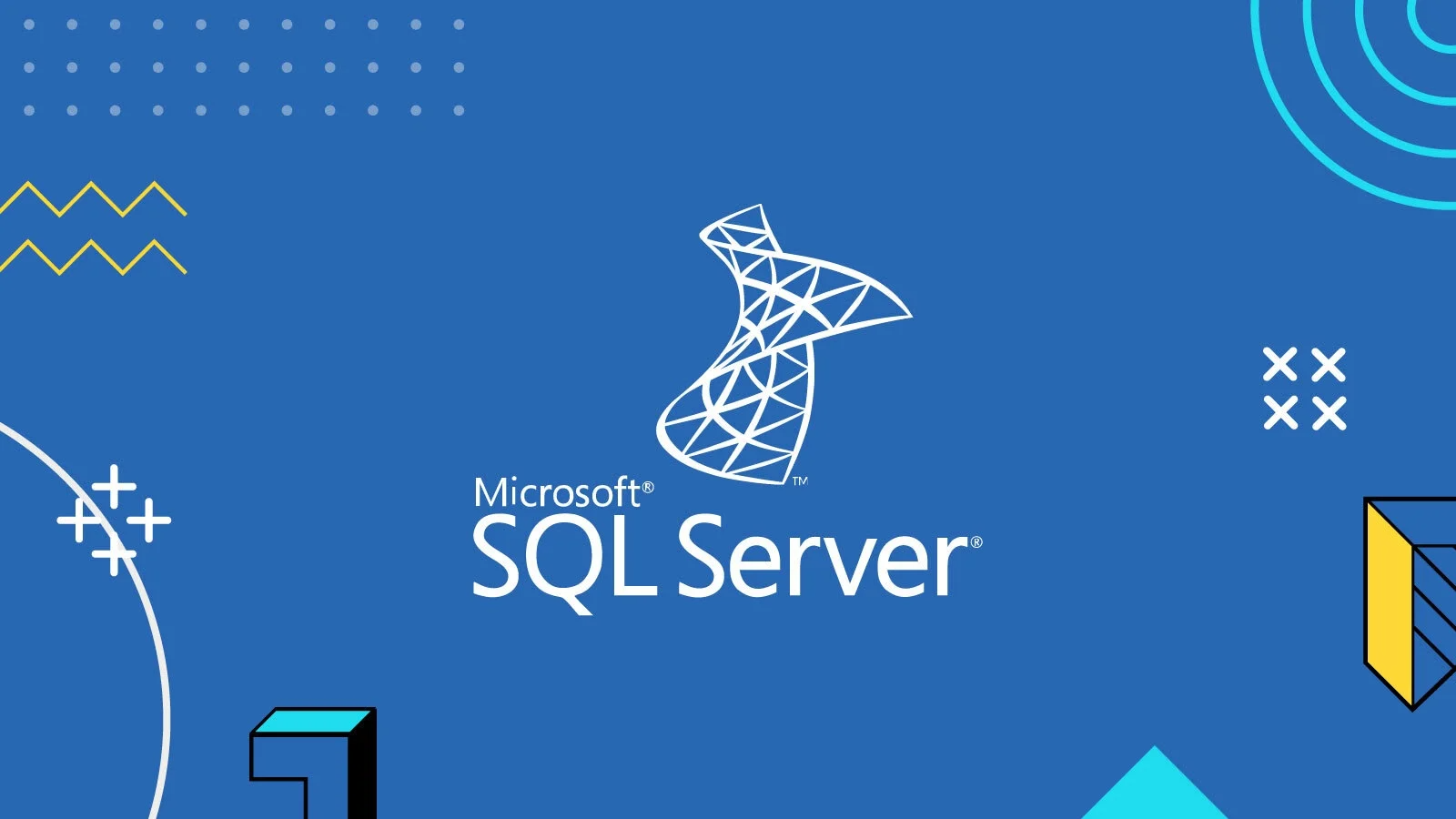SQL Server, my friend, is a fantastic piece of software made by Microsoft. Think of it as a super-smart librarian who’s really good at storing and fetching data whenever other software applications ask for it. One of the librarian’s many skills is being able to “describe table in SQL Server,” a crucial capability for understanding how your data is structured and organized!
Why Should We Care About SQL Server?
In our world today, where data is as valuable as gold, SQL Server is a real treasure chest. It offers a rock-solid, secure, and scalable platform to manage and analyze data. No matter the size of your business, SQL Server can handle it!
Diving Deeper: Let’s Talk About SQL Server Tables
What’s an SQL Server Table?
Imagine tables in SQL Server as the shelves in our librarian’s library. These shelves (or tables) store all the data in a database. Each table is made up of rows and columns, with each column representing a different type of data, and each row representing a single record.
Why Are SQL Server Tables So Important?
Simply put, tables are the workhorses of any SQL Server database. They neatly store and organize data, making it a breeze to retrieve and analyze data when needed.
Here’s How to Describe Table in SQL Server
Have You Met SQL Server Management Studio?
SQL Server Management Studio (SSMS) is our Swiss Army knife for managing SQL Server. It’s a graphical interface that lets us do all sorts of things, including describing tables. Want to peek at a table’s structure? Just expand the ‘Tables’ node in Object Explorer and pick your table!
What About Transact-SQL?
Transact-SQL (T-SQL) is like the secret language of SQL Server. It lets us chat with the data stored in SQL Server databases. To describe a table using T-SQL, we use the sp_help stored procedure.
Let’s Strategize! Managing SQL Server Tables Like a Pro
Regular Check-ups Are a Must!
Think of SQL Server tables like a car that needs regular maintenance. This includes tasks like updating statistics, checking for fragmentation, and optimizing queries.
Know Your Indexes
Indexes are like the quick-reference guide for SQL Server. By knowing how to create and manage indexes, you can supercharge your query performance.
Divide and Conquer: Data Partitioning
Data partitioning is a clever technique where we divide a large table into smaller, more manageable chunks called partitions. This can drastically speed up query performance and simplify data management tasks.
Common Hurdles in SQL Server Table Management (And How to Leap Over Them)
When Data Gets Too Big for Its Boots
As databases grow, dealing with a ton of data can get tricky. Fear not! Techniques like data archiving and partitioning can help us manage this data effectively.
The Challenge of Changing Schemas
Schema changes, like adding or modifying columns, can be a bit of a headache. But guess what? Tools like SQL Server Management Studio can help us manage these changes smoothly.
Safety First: Data Security and Privacy
In our digital world, keeping data safe and private is super important. SQL Server has got our backs here with features like encryption, data masking, and row-level security.
Wrapping Up
Remember, levelling up your SQL Server table management skills isn’t a sprint, it’s a marathon. It starts with understanding the basics of SQL Server, the role of tables, and how to describe tables in SQL Server. From there, we need to develop strategies for managing tables effectively,
